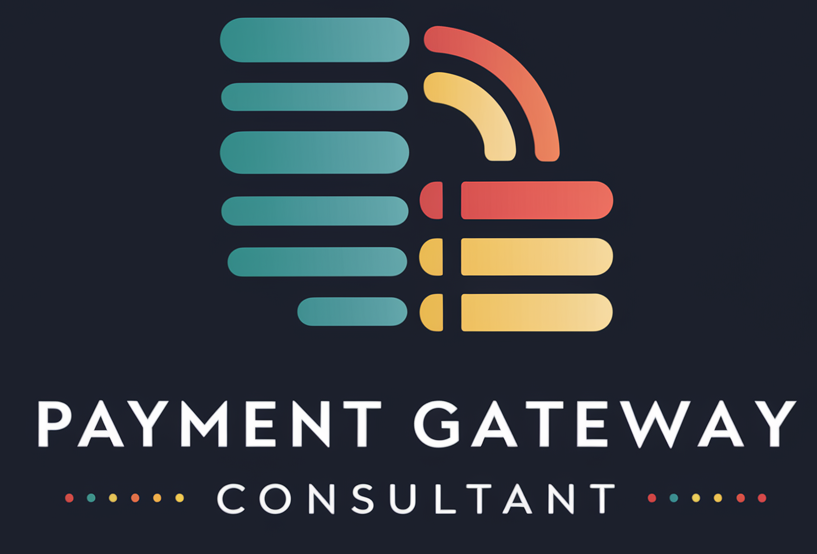What Does Payment Revision Mean?
Payment revision is a term used by online retailers and service providers to indicate that there is an issue with processing a customer’s payment for a purchase or subscription. When a payment revision is needed, it means that the initial attempt to charge the customer’s chosen payment method has failed, and the customer must update their payment information to complete the transaction successfully.
Definition and Context
In the context of online transactions, payment revision refers to the process of updating or correcting payment details when an initial payment attempt is unsuccessful. This can happen for various reasons, such as expired credit cards, insufficient funds, incorrect billing information, or bank declines. When a payment revision is required, the customer is notified and prompted to review and update their payment method to resolve the issue.
Common Scenarios Requiring Payment Revision
Payment revision is a common occurrence in online transactions, and there are several scenarios that may trigger a payment revision request:
- Subscription renewals: When a customer’s subscription is due for renewal, but their payment method fails, they will be asked to revise their payment information to continue the service.
- Online purchases: If a customer attempts to make a purchase, but their payment is declined, they will need to update their payment method to complete the transaction.
- Recurring payments: For services that charge customers on a recurring basis, such as monthly or annually, a payment revision may be necessary if the customer’s payment method becomes invalid or expires.
Causes of Payment Revision
There are several reasons why a payment may fail, resulting in a payment revision request. Understanding these causes can help customers identify and resolve issues more quickly.
Expired Credit Card
One of the most common reasons for payment failure is an expired credit card. When a customer’s card reaches its expiration date, it can no longer be used for transactions. In this case, the customer will need to update their payment method with a valid, unexpired card to complete the payment.
Insufficient Funds
Another frequent cause of payment revision requests is insufficient funds in the customer’s account. If the customer attempts to make a purchase or pay for a subscription, but their account balance is too low to cover the cost, the payment will be declined. To resolve this issue, the customer must ensure that they have sufficient funds available before updating their payment method.
Incorrect Billing Information
When setting up a payment method, customers must provide accurate billing information, including their name, address, and zip code. If any of this information is incorrect or outdated, it can lead to payment failures and revision requests. Customers should double-check their billing details and update them as necessary to avoid payment issues.
Bank Declines
In some cases, a customer’s bank may decline a payment even if the account has sufficient funds and the billing information is correct. This can happen for various reasons, such as suspected fraudulent activity, international transactions, or security concerns. If a bank decline occurs, the customer should contact their bank to identify the cause and resolve any issues before attempting to update their payment method.
Steps to Resolve Payment Revision
When a payment revision is needed, customers must take action to update their payment information and complete the transaction. The process may vary slightly depending on the platform or service, but the general steps are as follows:
Logging into Your Account
The first step in resolving a payment revision is to log into your account on the platform or service where the payment issue occurred. This will allow you to access your account settings and payment information.
Once logged in, look for a section of your account related to orders, purchases, or subscriptions. This is where you will find information about the specific transaction that requires a payment revision.
Selecting the Order and Revising Payment Method
Locate the order or subscription that has a payment issue and select it. You should see an option to update or revise your payment method. Click on this option and follow the prompts to enter your updated payment details, such as a new credit card number or expiration date. After updating your information, submit the changes to attempt the payment again.
Preventing Payment Revision Issues
While payment revisions are sometimes unavoidable, there are steps customers can take to minimize the likelihood of payment failures and the need for revisions.
Regularly Updating Payment Information
To prevent payment issues due to expired cards or outdated billing information, customers should make a habit of regularly reviewing and updating their payment details. This is especially important for subscriptions or recurring payments, as outdated information can lead to service interruptions.
Monitoring Account Notifications
Many platforms and services send notifications to customers when a payment fails or a revision is needed. By monitoring these notifications and taking prompt action to update payment information, customers can avoid prolonged service disruptions and ensure timely payment processing.
Verifying Email Legitimacy
In some cases, scammers may attempt to trick customers into revealing sensitive payment information through fake payment revision emails. To protect against these scams, always verify the legitimacy of any payment-related emails before clicking links or providing information. Check the sender’s email address and look for signs of a secure, legitimate website before entering any payment details.
Solutions for Common Payment Revision Problems
When faced with a payment revision request, customers have several options for resolving the issue and completing their transactions.
Contacting Your Bank
If a payment fails due to a bank decline or suspected fraudulent activity, contacting your bank should be the first step. They can provide information about why the payment was declined and help you resolve any security concerns or account issues.
Using an Alternate Payment Method
If a particular payment method consistently fails or is no longer valid, customers can try using an alternate method, such as a different credit card or a PayPal account. This can help ensure successful payment processing and avoid further revisions.
Checking Credit Limits
For customers using credit cards, payment failures may occur if the transaction amount exceeds the card’s credit limit. In this case, customers should check their credit limit and either request an increase from their card issuer or use an alternate payment method with sufficient available credit.
See also:
- What Does Revise Payment Mean? Understanding Payment Revisions
- How to Update Payment on YouTube TV: Step-by-Step Guide
- How to Change Payment Method on Disney Plus: Step-by-Step Guide
- How to Change Payment Method on Netflix: A Step-by-Step Guide
- How to Update Spotify Payment Method: Step-by-Step Guide






